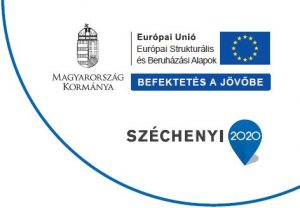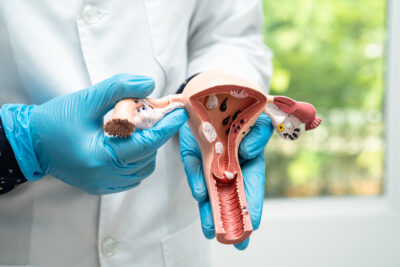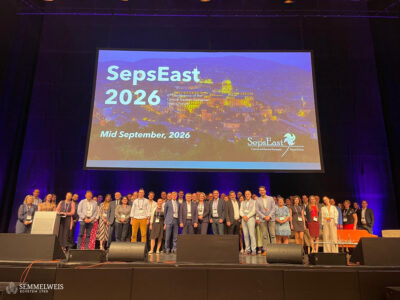 The PET-CT can be the main pillar of the unique translational research centre in the Central European region that will be used at Semmelweis University in the near future in examining large animal models. The acquisition of the imaging tool is possible in the frame of VEKOP-2.3.3-15-2017-00024 grant, titled “Innovative large animal models in the service of therapeutic research” with the amount of 406 million forints non-refundable domestic and European Union support.
The PET-CT can be the main pillar of the unique translational research centre in the Central European region that will be used at Semmelweis University in the near future in examining large animal models. The acquisition of the imaging tool is possible in the frame of VEKOP-2.3.3-15-2017-00024 grant, titled “Innovative large animal models in the service of therapeutic research” with the amount of 406 million forints non-refundable domestic and European Union support.
The project will be implemented by the Department of Biophysics and Radiation Biology at the Faculty of Nuclear Medicine. Several institutions will take part in the researches: Department of Urology, Department of Neurology, Department of Surgical Research and Techniques. The equipment with uniquely high sensitivity can provide wide mapping of incurable diseases and their pathological factors such as the metastatic aggressive prostate cancer or the circulatory disorders of central nervous system.
Nowadays the modelling of prostate tumor and stroke mainly developed in rodents because the available mapping devices used for research are suitable only for small animals. Human brain and prostate significantly differ from the organs of rodents, therefore, the results gained from these models can be used in human examinations only with strict restrictions.
The particularity of translational research is that it examines the progression of artificially induced pathological conditions and the efficiency of therapeutic procedures in large animals instead of small animals used in laboratory practice. Its advantage is that the physiological features of large animal models are similar to those of humans in many cases, therefore with the use of less number of animals more research data can be gained in a series of researches, which is also an important ethical viewpoint.
The other great advantage of the application of the method is that it makes the transmission of new therapeutic products and diagnostic methods possible from pre-clinical animal tests to human use, therefore we can contribute to the clinical introduction of some medicines. In the long run it widens the cooperation between domestic and international medicine development companies. The probable end of the project is at the end of November 2020.
Z.V.
Photo (illustration): Attila Kovács – Semmelweis University
Translation: Edina Szendreiné Nagy


